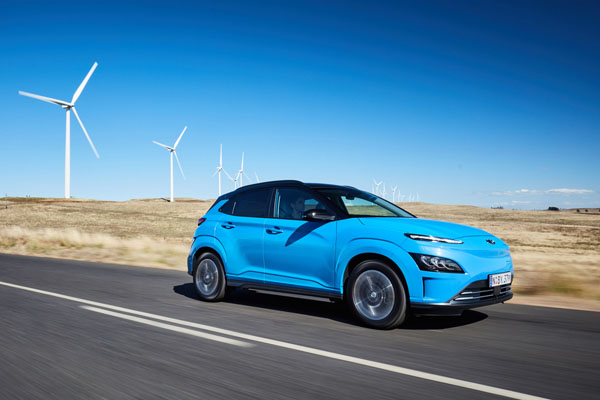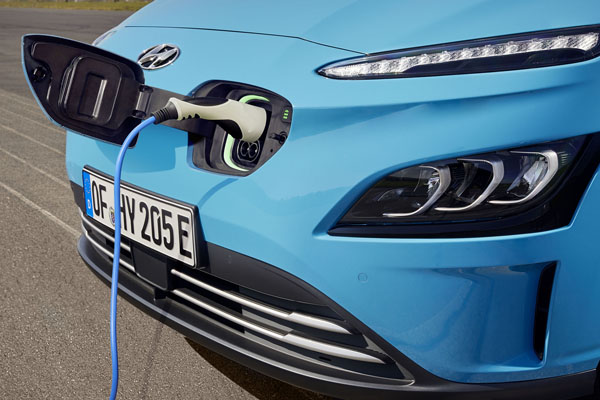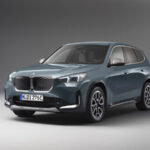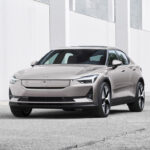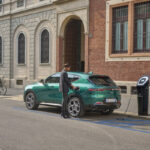Like fingernails running down a blackboard, the unbearable prices of electric vehicles tend to have most potential buyers shying away. Roll on a few years from now and, automotive industry sources say EV production costs will be in line with those of fossil-fuelled vehicles.
In the meantime, there are manufacturers bringing prices down by limiting battery range. Hyundai is one such example with its pricey Kona small electric SUV taking a kilometre and dollar haircut. August saw the release of the Standard Range model delivering around 305 kilometres compared with the Extended Range’s close to 500 kays.
Available in Elite and Highlander specification, prices differ by $6000 – $64,000 to $58,000 (Highlander) and $60,500 to $54,500 (Elite). Powertrains vary from 100 kW / 39.2 kWh to 150kW / 64 kWh, respectively.
No poverty pack here, Hyundai says all share the same technology, safety and convenience features, with Extended Range models taking price drops of $1500 (Elite) and $2000 (Highlander).
STYLING
Twenty-five millimetres longer than the Kona it replaces, the 2021 EV has been given a series of design changes. These include a new front, with a shuttered grille and new daytime running lights that are aimed at emphasising the car’s width.
An asymmetric flap on the charging port adds a focus on the left, while new LED headlamps, with multi-faceted reflector technology, wrap around the sides, connecting to the wheel arch cladding.
The latter adds to the Kona’s aerodynamics by reducing turbulence in the wheelhouse area. An air intake in the lower bumper incorporates satin bars. Out back, the look has been refreshed with a new bumper and widened rear lights. The makeover is signed off by new machined-face 17-inch alloy wheels.
INTERIOR
The Kona Electric Highlander leather-appointed cabin features heated front and outboard rear heated seats, the powered driver and front passenger positions also being ventilated.
Shoulder space in the back is adequate but leg room is extremely limited by the floor height increased over conventional powered Konas to make room for the battery storage.
If things up the back are tight, there is room up front for Hyundai’s hallmark ‘flying’ centre console, with wireless charging bay, which is good news for the driver and front seat passenger. A rear console USB point allows back-seat occupants to ‘fuel up’ mobile devices.
Ambient lighting in the footwell gives a cosy glow to the surroundings, while a head-up windscreen display delivers a range of information without unnecessary distraction to the driver. Boot space is 332 litres.
INFOTAINMENT
A 10.25-inch colour LCD dash cluster features full digital display with user-chooser sections linkable with the selected Drive Mode. Also projected are trip computer info, system status and visual alerts.
A Harman/Kardon premium audio includes eight speakers and an external amplifier offering exceptional sound reproduction via optimum tuning.
ENGINES / TRANSMISSIONS
The 150 kW / 395 Nm motor powers the front wheels which are fitted with low rolling resistance tyres on 17-inch alloys. There is a single-speed speed reduction gear automatic.
SAFETY
The 2021 Konas have cracked on to upgrades to the standard Hyundai SmartSense safety system of the outgoing model. These include lane following assist, blind spot collision avoidance, rear cross-traffic avoidance assist, safe exit warning and rear occupant alert.
DRIVING
The Kona Electric hums happily off the mark at the instant the power pedal is prodded. Little fazes the power plant from then on up to cruising speed. Braking is positive and the forward motion of the vehicle is converted to money-saving battery top-ups. Three levels of regenerative braking are available through the car’s paddle-shift system.
Energy consumption, hence available range, is officially put at a combined 14.7kWh per 100 kilometres, which would allow for 484 km to ’empty’. The previous best was 449 kilometres. On test the Kona came up with 13.5kWh.
Kona’s lithium-ion battery on DC charging can power up at a maximum rate of 100 kW with a 10 to 80 per cent charge time of 47 minutes. On 50 kW charging this will take around 64 minutes. On home AC charging, the Kona’s maximum rate is 7.2 kW, charging from 10 to 100 per cent in nine hours.
Kona Electric now features remote starting via the smart key fob. With the handbrake on and vehicle locked, the user can remotely start the vehicle by pressing the lock button, followed by pressing and holding the engine start button.
SUMMARY
While not the cheapest fully electric vehicle around (see Nissan Leaf), neither is the Kona the most expensive. That is the territory of the likes of luxury cars from Tesla, Audi and Mercedes-Benz. Hyundai is ploughing the small SUV furrow with the Kona Electric, which goes a long way – almost 500 kilometres – to matching the big boys.
AT A GLANCE
MODEL LINE-UP
Kona 2.0 2WD: $26,600
Kona Active 2.0 2WD: $28,200
Kona Elite 2.0 2WD: $31,600
Kona Highlander 2.0 2WD: $38,000
Kona N Line 1.6 AWD: $36,300
Kona N Line Premium 1.6 AWD: $42,400
Kona EV Elite Standard Range: $54,500
Kona EV Elite Extended Range: $60,500
Kona EV Highlander Standard Range: $58,000
Kona EV Highlander Extended Range: $64,000
Note: These prices do not include government or dealer delivery charges. Contact your local Hyundai dealer for drive-away prices.
SPECIFICATIONS (Hyundai Kona EV Highlander Extended Range SUV)
ENGINE:
Electric motor: 150 kW / 395 Nm
Energy consumption: 14.7 kWh / 100km
DRIVELINE: Single-speed reduction gear automatic transmission, front-wheel drive
DIMENSIONS, WEIGHT AND CAPACITIES:
Length: 4180 mm
Wheelbase: 2600 mm
Width: 1800 mm
Height: 1555 mm
Turning Circle: 10.6 metres
Kerb Mass: 1685 kg
BRAKES:
Front: Ventilated disc
Rear: Disc
STANDARD WARRANTY:
Five years / unlimited kilometres




